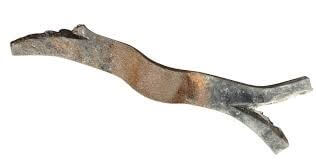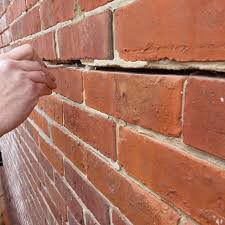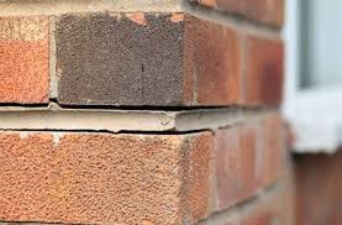Important
If wall ties need replacing, the work needs to be done properly, as it is restoring the structural integrity of your house. To help you understand the process better, Tyne Tees Damp Proofing has created a handy guide to help.
Wall ties literally provide stability to the structure of your building. When originally installed, the bricklayers would have probably used mild steel wall ties. These can fail catastrophically and leave your walls unsafe and even lead to collapse.
If wall ties need replacing, the work needs to be done properly, as it is restoring the structural integrity of your house. To help you understand the process better, Tyne Tees Damp Proofing has created a handy guide to help.
For over a hundred years UK property walls have been constructed with brick and stone incorporating a cavity or void between the courses, Steel ties have been manufactured to link the leaves of the walls. These are known as wall ties, cavity ties or brick ties, they connect the two walls, helping them perform as a solid wall. The reason for creating a cavity is to reduce damp, reduce heat loss, and reduce the carriage of noise.
Wall ties secure the outer wall with the inner structure, they balance tension and compression loads, allow for movement between the walls and maintain function in the event of a fire. As you can now see, wall ties are a very important part of your building.

Wall ties, started with plain unprotected, stamped out mild steel plates with a ‘fish tail’ profile formed on the ends. These ties often rust/corrode with the moisture (particularly in the outer leaf). This corrosion can cause the mortar courses to separate leaving horizontal cracks in the wall. With the advance of technology wall ties changed in shape and have often been treated with a protective layer of zinc or bitumen. This was used in house construction right up to the early 1980’s. These treated ties were better than untreated ones but were still fallible often losing the surface protection when being carted around building sites, a simple scratch could allow rust to form on the ties which could lead to them snapping in the cavity. The majority of modern wall ties are made from stainless steel, which drastically increases lifespan and reduces thermal conductivity.
Wall ties will need to be replaced if they corrode or fail. Wall tie failure may be due to many things.
Regardless of the cause of cavity wall tie failure, wall tie replacement will re-secure the main structure of the building. This will create stability between the leaves of the structure once more, distributing the loadings correctly once again.
The most common warning signs to look out for are:
Rust can cause steel ties to expand to several times the thickness of the original steel. This expansion is powerful and can cause the bricks above to lift and leave noticeable horizontal cracks to the wall.
These cracks usually appear at the upper level of the walls where the weight of the brickwork is less. The cracks usually occur along several mortar bed joints incorporating the corroding wall ties; ties are usually set in courses around six bricks apart.


Here at Tyne Tees Damp Proofing we have experienced specialist surveyors who will be able to confirm if there is a problem with the wall ties, a series of checks and tests will reveal the condition and integrity of the wall ties.
If in doubt, get the experts out!
We are Damp Proofing Specialists covering all areas of the North East of England, Newcastle, Tyne & Wear, Northumberland, Durham and beyond. Areas we cover include (but are not limited to) are:
Company Registration Number: 09747364 (Registered in England & Wales)
